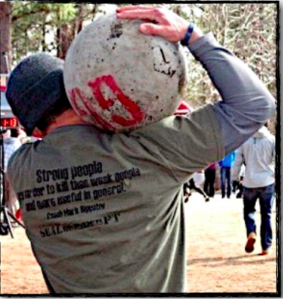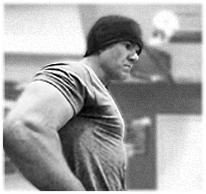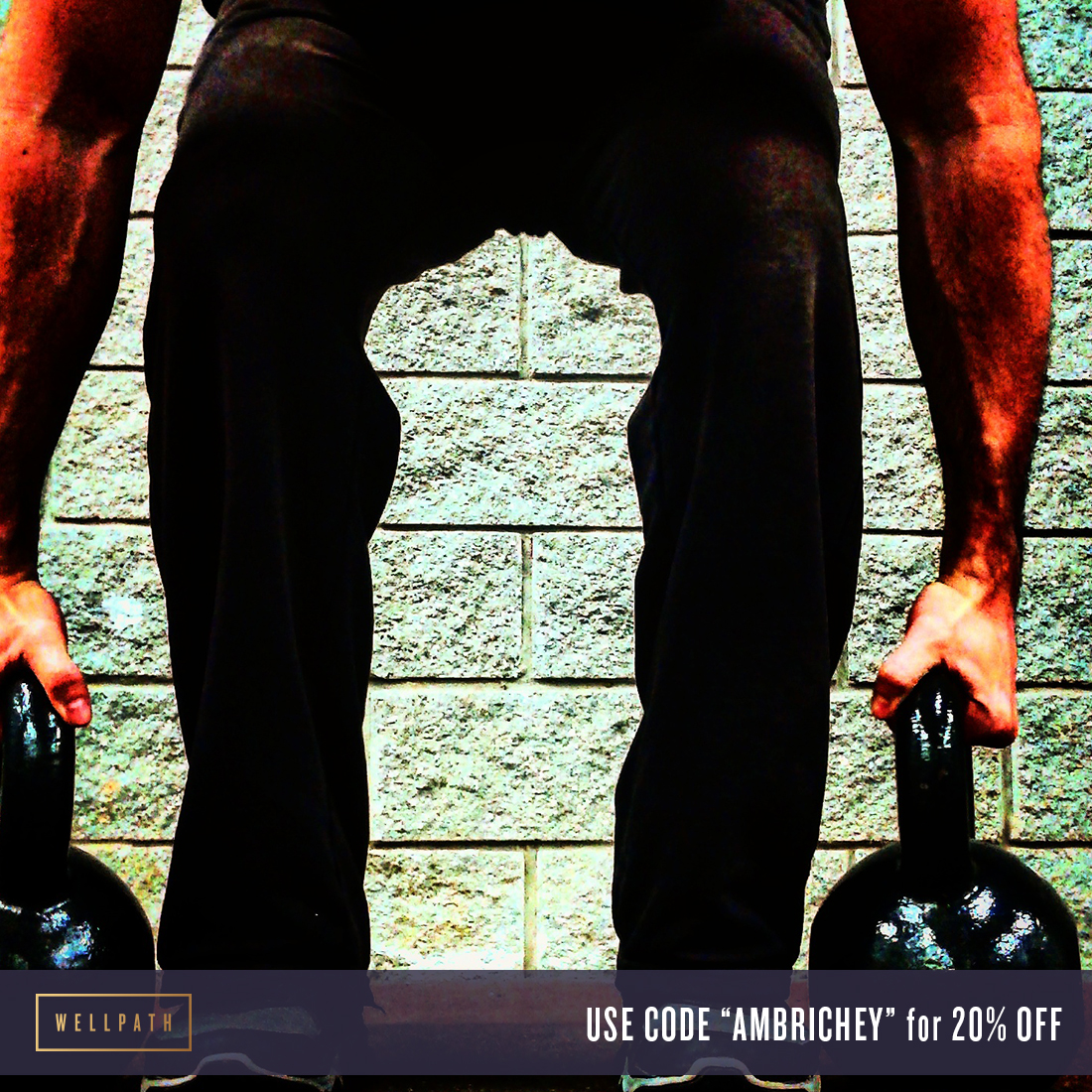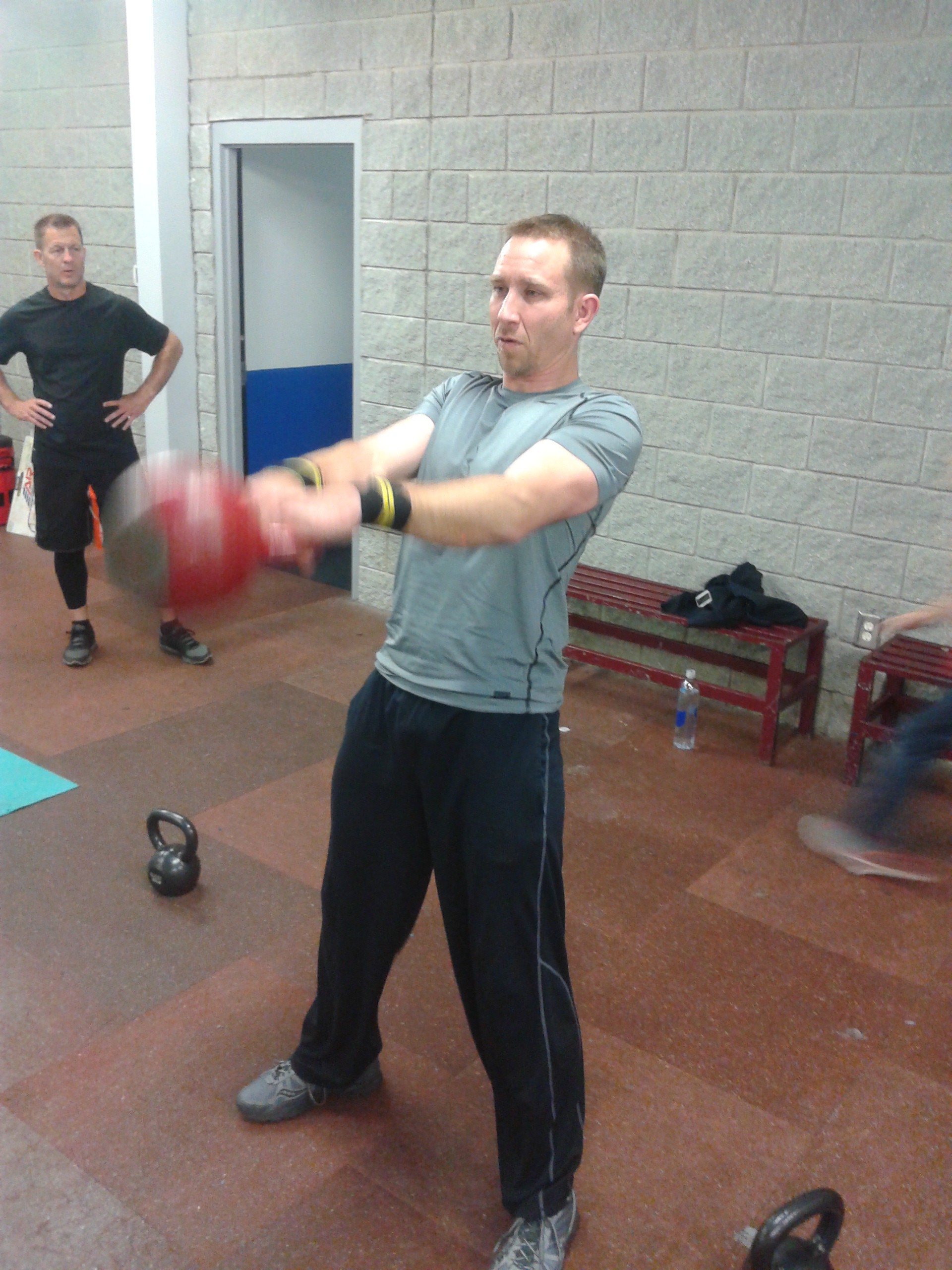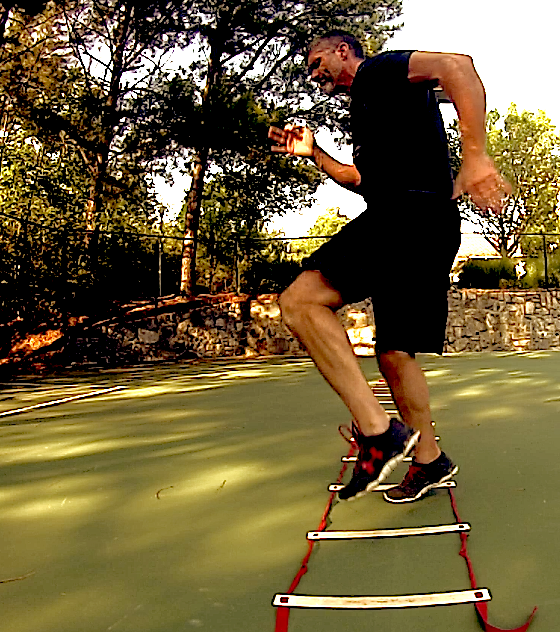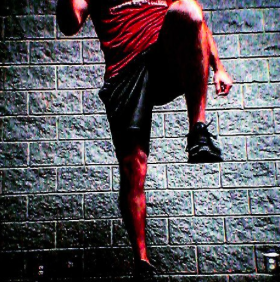
Why You Shouldn’t Perform Box Jumps As A Conditioning Drill
So today I pulled this article from the archives on training the box jump. As far as training for power and athleticism the box jump is supposed to be fairly idiot proof, especially if you compare it to trying to learn more complex movements such as Olympic lifting.
With that being I’ve still witnessed many people who butcher the box jump while training on their own. I thought today was good time to pull this article from the archives to help you in case your were in doubt about your box jumps. I know you’re going to find this article very helpful!
- Are you incorporating more athletic based drills into your strength and conditioning workouts?
- Are you performing box jumps during some of your athletic workouts?
- Do you execute box jumps like a conditioning drill?
- Are you performing box jumps in a way to maximize benefit and minimize stress on your joints?
So today I decided to get away from improper squatting, improper deadlifting, and improper kettlebell swing technique and switch over to another problem and address the improper use of the box jump exercise. Today I’m going to hit on why box jumps shouldn’t be used as a conditioning drill in your strength and conditioning program. If you’ve been using box jumps as a conditioning drill then make sure you take a minute to pump the brakes and read this article. You’ll be thanking me for it later.
Box Jumps
First of all, what are the benefits of performing a box jump and are you currently using box jumps in your training?
Box jumps are a wonderful drill for you to program into your training in order to help you to develop athleticism, explosive power, and for helping you to develop a respectable level of relative strength. When implemented properly box jumps can be utilized as a preparatory mechanism to potentiate your nervous system for strength and performance which will benefit you for both athleticism and day to day functional life.
If you’re including box jumps into your current strength and conditioning workouts it will undoubtedly help to make you stronger, thus allowing you to put more weight on the bar to further enhance your other strength gains. If the name of the game is force production then the box jump is a great drill for helping you to develop significant force production moving off of the ground. Basically box jumps can be a hell of an exercise to include into your program if they are done properly.
Why Box Jumps Shouldn’t Be For Conditioning…
First of all, when I make the statement that box jumps shouldn’t be used for conditioning I’m referring to the issue where people tend to hurry through, or stampede their jumps by rapidly jumping from the floor to the box and back to the floor again. Many trainees in various health clubs and box gyms will tend to perform box jumps in this way as they race against the clock.
Once again, box jumps are primarily designed to potentiate your nervous system for greater power gains by increasing neural drive and more rapid muscular contraction. The mistake that many coaches and trainers make is throwing box jumps right into the middle of a cycle of conditioning exercises without any further thought. By hurrying through the drill in a giant circuit you are at greater risk for creating a lot of problems by rushing the drill.
For starters, when using box jumps for part of athletic development I prefer using a box height roughly between knee and hip height for an experienced athlete. The reason here is that I want the athlete to be able to jump and land in a quarter squat position on top of the box.
In addition to this I also want him or her to land softly as if they are jumping up onto a glass surface. This ensures a controlled landing so that the individual is focused on both the jumping and landing portion of the drill.
The main reason I am strict on executing and stressing a controlled landing is because I’m aiming to reduce the amount of compressive forces that can be driven down onto the ankles, knees, and hips along with teaching the athlete the proper way to absorb the impact of landing. The benefit of the box jump for you lies in the jump up onto the box as you don’t have as far to fall back to the ground. The elevated surface of the box absorbs much of those compressive forces on your ankles, knees, and hips.
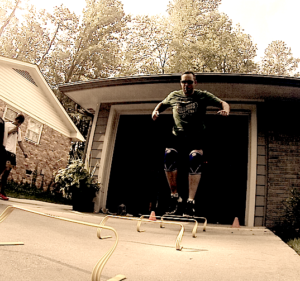 Of course this is negated if you’re rushing, or stampeding your jumps by performing them in a hurried manner. By doing this you would be defeating the purpose of the drill.
Of course this is negated if you’re rushing, or stampeding your jumps by performing them in a hurried manner. By doing this you would be defeating the purpose of the drill.
Another point worth mentioning is that by stampeding the box jumps and treating them like a conditioning drill fatigue may bring on other unwanted problems. Some examples here might include excessive and repetitive knee valgus upon landing, as well as missed jumps and sloppy jumps which may end up in falls and busted shins.
If you’re rushing to perform this drill with the goal to be about cardio conditioning this additional fatigue may lead to such failed jumps. Remember the emphasis of the drill should be to perform it with control and mastery.
- Begin about 2 to 3 feet away from the box.
- Start with your arms up overhead.
- At the start of the movement the arms should swing back as you hinge the hips and knees producing a countermovement to load the hips and hamstrings.
- Upon ascending out of this countermovement the arms should swing back up and you should execute triple extension of your ankles, knees, and hips.
- Upon landing you should absorb the landing by landing softly and flexing back into the quarter squat position.
- From here your feet should be flat and about shoulder width apart.
- Your knees and ankles should be positioned in a sound squat position, not overly buckling inward or outward.
- Once you have stuck the quarter flexed squat position you should stand tall then step down (NOT jump down) off the box.
Once again the box jump drill requires a bit more skill and attention than many trainers, or coaches care to emphasize. As a result many coaches end up programming the box jump as a “conditioning” drill while potentially and unknowingly causing many of the problems that I’ve outlined here in this article. Sure box jumps can certainly be more idiotic proof compared to other more complex lifts when trying to coach an athlete into developing more athletic power, but the drill must still be respected.
On a side note (as I mentioned earlier in the previous video) excessively high box jumps aren’t really the goal either. There is a time and place for higher jumps, but many of these also cause poor landings, much of the true emphasis of “the drill” is lost, and many cheat high jumps for the sake of ego. Let’s try to focus on the quality rather than trying to make some YouTube highlight.
Remember that the true purpose of the box jump should be about honing your skill development and to increase your force production and overall athleticism. By using the box jump exercise as a conditioning drill you aren’t going to be achieving either one of these characteristics.
As a strength coach I’ve found that even some of the most capable athletes need to be made aware of the details that are outlined here in this article. So for the sake of today’s discussion I hope this helped to clear up any questions, or issues you might have had with this particular drill.
What do you think?
Are you performing box jumps in your current strength and conditioning program?
What do you do to intensify your box jumps?
Please post up and share in the comment section here below.
Also if you want to learn how to tie these together then make sure you check out my brand new 120 Day Functional Fitness Training Program right here below! I guarantee it’ll get you into the best shape of your life, or I’ll give you your money back no questions asked.
CLICK HERE TO ORDER MY 120 DAY PLAN TO POWERFUL FUNCTIONAL FITNESS!!!
It’s changing lives already!
Click On Image Here
3 Must Have Single Leg Exercises For Strength And Stability
3 Functional Strength Drills For Fitness And Performance
4 Guaranteed Ways To Get A Functionally Strong Body
5 Unique Strength Drills To Enhance MMA Performance And Serious Fitness
3 Push Up Variations To Give You Knock Out Punching Power For MMA And Combat
Click on all images below…
If you’re looking to enhance your fitness for MMA and martial arts then make sure to check out my
90 Day MMA Strength And Conditioning Program Here.
Get ONNIT kettlebells here: (Click On Image)
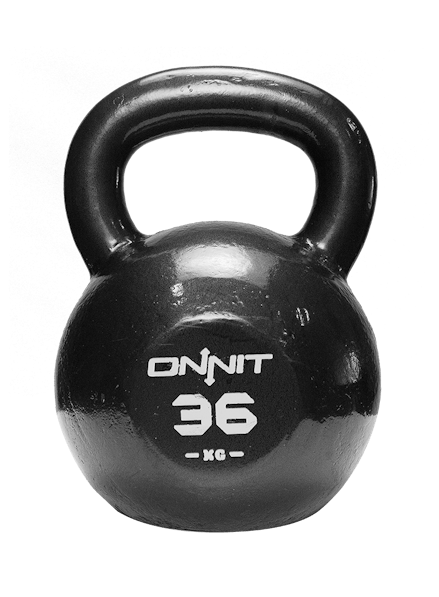
For the absolute best solution for chronic and acute severe muscle and joint pain make sure to get your bottle of CobraZol Sport. It’s the absolute best product on the market and it’s been scientifically proven to alleviate muscle and joint pain having two double blind placebo studies done here in the U.S. being one of the only…if not the only topical pain reliever to have this kind of science behind hit.
Click On Image Here

